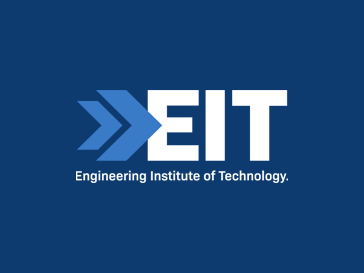A priority of all engineering companies is the implementation of workplace safety and with the development of new safety technologies, industrial environments are closing than ever to achieving accident-free workplaces.
British-Dutch oil and gas company Shell has pledged for the last five years to continually ensure impeccable safety across every level of their company.
It all started with their Goal Zero ambition to achieve no harm and no leaks across all of their oil-related operations and then spread out to their other enterprises. The goal is outlined on their website and says:
“To achieve Goal Zero, we focus on the three areas of safety hazards which have the highest risks for our type of activities: personal, process, and transport safety. We set consistent, high safety standards across Shell and we expect all of our employees and contractors to meet them..."
 Source: IBM
Source: IBM
Safety in the Engineering industry is a leading example of teamwork with many companies working together to collaborate on safety standards.
Shell currently shares their safety standards with other trade associations and professional bodies in the sector including The International Association of Oil and Gas Producers and The American Petroleum Institute.
“A strong safety culture is complemented by a competent workforce. We ensure that people responsible for tasks with a significant safety hazard have the necessary training and skills. Our safety experts work in networks to share and implement best practices around the world.”
Safety is something that can always be built upon; companies can help improve their safety by studying part time courses such as the Professional Certificate of Competency in Hazardous Areas that is offered at the Engineering Institute of Technology. These courses are specifically tailored to those working in hazardous engineering environments.
Inquire about which courses have safety modules mixed in by visiting the Engineering Institute of Technology’s website.
IIoT = safety for workers
Industrial environments are usually cardio-vascular intensive environments and made more dangerous with the use of heavy machinery.
To prevent the probability of future workplace accidents, the Industrial Internet of Things is augmenting safety measures in the industrial workplace.
The development of machine learning, artificial intelligence (AI) and physical hardware - like wearables - is helping workers stay safe, and helping companies have more oversight over their workers and machinery than ever before.
Now, IIoT-connected devices are generating safety data, and can even be used in emergency situations. A company that is developing solutions for workplaces with all of this in mind is IBM, who has begun to utilize their AI invention Watson for the purposes of workplace safety in industrial organizations.
Engineering.com spoke to Ishan Sehgal, who is a director for Watson IoT Industry Solutions.
“Worker safety solutions are one of our portfolio products that we have based on Watson IoT platform. The bottom layer is the IoT platform that provides the data connection, data collection, data curation at a device or device data level. Upstream from that is our industry solution, whether it’s around predictive maintenance, which is involved a lot around assets analytics; whether it’s around manufacturing processes, which includes solutions like predictive quality insights (PQI) that looks at industrial processes and analytics around the process or worker insights -- collecting data from and around the worker based on wearables or beacons or other devices in a production environment.”
Works Cited
Maw, Isaac. “Using IIoT-Connected Devices for Worker Health & Safety.” Engineering.com, www.engineering.com/AdvancedManufacturing/ArticleID/18873/Using-IIoT-Connected-Devices-for-Worker-Health-Safety.aspx.
“Our Approach.” Shell Global, www.shell.com/sustainability/safety/our-approach.html.
